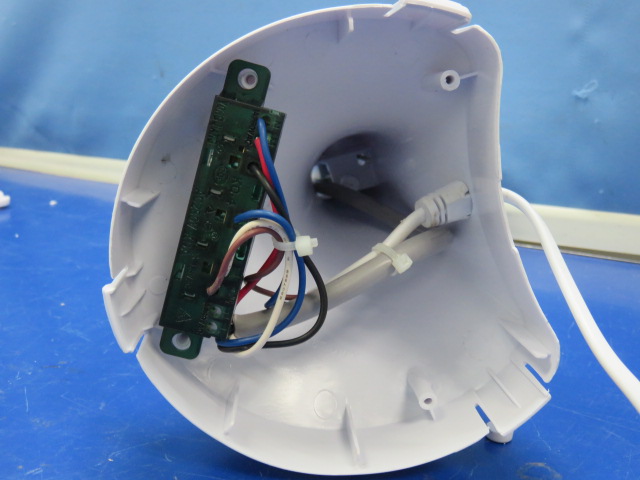ข้อ 3 – จะเข้าใจคำจำกัดความของ “ฉนวนเสริม” ได้อย่างไร
An insulation that is outside the basic insulation and is independent of the basic insulation, and is usually accessible to the user. supplementary insulation, as the name implies, is additional, and refers to insulation added to the basic insulation. This involves a basic principle of this standard, namely the principle of double protection. For any hazard, there must be at least two layers or two sets of protection measures. If one of the protection measures fails, the appliance can still be protected by another layer of protection. The requirement for additional insulation here is to consider the insulation that can play a protective role when the basic insulation fails. The protection here is only for the protection of live parts. There will be requirements for double protection measures for non-live parts in other requirement of this standard.
As shown in the figure below, from the outer surface of the basic insulation (here it can be understood as the outer surface of the wire sheath of the internal wire, or the plastic material surface of the switch) to the place that can be touched by the user (the bottom cover or the side shell of the appliance), from the example picture, the bottom cover and the side shell of the appliance can be judged as supplementary insulation. Correspondingly, the creepage distance from the internal lead wire sheath along the inner surface of the side shell to the place that can be touched by the external user can be defined as the supplementary insulation, then the shortest straight-line distance from the internal basic insulation through the air to the place that can be touched by the external user can be defined as the supplementary insulation clearance. The clearance here generally refers to the gap between the bottom shell and the side shell.
